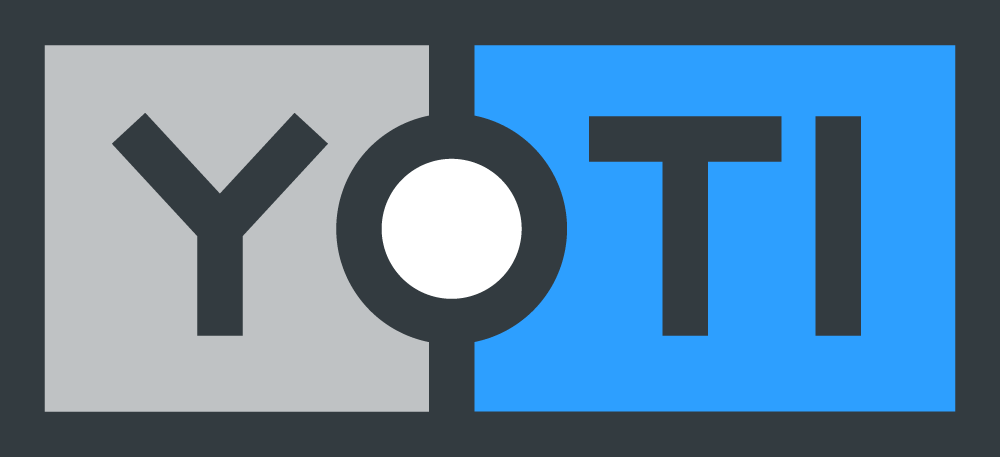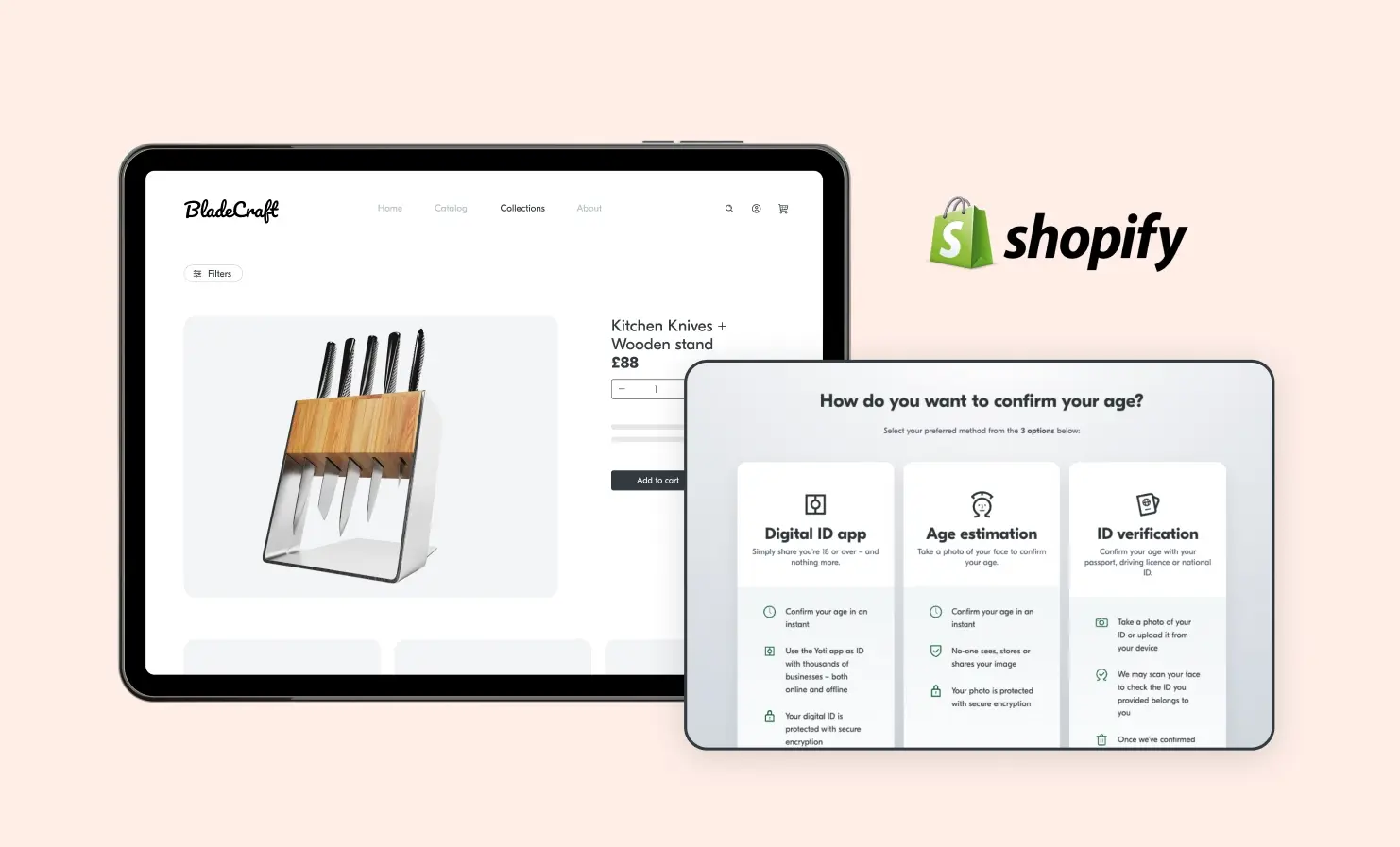
Until recently, organisational cybersecurity typically relied on a fortress mentality, by building a strong perimeter with firewalls and VPNs, and trusting everything inside. But in today’s digital world of cloud apps, remote work and hiring, supply chain integrations, virtual connections and sophisticated attacks, that approach is no longer enough. Once criminals breach the walls, they can often move freely and undetected.
If a business can’t reliably confirm who’s accessing its systems, it leaves the door open for cyber criminals.
When authentication is weak, malicious actors can:
- Steal employee or customer login credentials through phishing and use them to access systems.
- Plant ransomware or other malware that disrupts operations and then demand payment to release the system or information.
- Use compromised accounts to impersonate trusted users and commit fraud or damage brand reputation.
What is Zero Trust?
Zero Trust is a modern security model and philosophy built on the principle of “never trust, always verify.” It is built on the assumption that bad actors, from opportunistic fraudsters to organised cyber criminals and ransomware groups, may already be inside your network.
Instead of granting blanket access after a single login, it enforces strict identity checks and enhanced authentication for more (if not all) requests. This limits what an attacker can reach in the event of a breach, and makes it far harder for bad actors to move laterally through your systems.
Identity is the foundation of Zero Trust. Strong authentication methods such as biometrics and reusable digital IDs give organisations better tools to block malicious actors, detect compromised accounts and stop ransomware operators from exploiting stolen credentials.
Block bad actors with verified identities
Attackers often rely on weak or stolen credentials to impersonate real users. This could be by guessing a password, buying breached data from the dark web, or combining enough partial information to pass as someone else. These tactics remain some of the most common ways into accounts or organisational systems. Once inside, criminals seek to escalate privileges, steal sensitive data or launch ransomware attacks.
With the Yoti Digital ID app, organisations can authenticate employees and customers against a verified digital identity instead of relying on usernames and passwords. This ensures access is only granted to genuine individuals who have already proven their identity through trusted, secure and thorough identity verification methods.
Your employees and customers only need to prove their identity once when setting up their Digital ID, and are able to reuse it across a variety of services.
By adding this stronger layer of authentication, businesses can shut out cyber criminals attempting to use fake, synthetic or compromised credentials as an entry point. It transforms identity into a solid security barrier, not a weak spot waiting to be exploited.
Reduce ransomware risk with passwordless login
Passwords remain a prime target for phishing campaigns and brute-force attacks, both common precursors to ransomware deployment. Ransomware is a type of malware which prevents victims from accessing their device and the data stored on it, usually by encrypting your files. A criminal group will then demand a ransom in exchange for decryption.
By eliminating passwords altogether, Yoti helps businesses close off a major attack vector. Secure, passwordless login gives legitimate users fast access while leaving bad actors with fewer ways in.
Instead of authenticating with a password, users would use a verified Yoti Digital ID. This removes the most common attack vector: the password itself.
Over 20 million people globally already use one of our Digital ID apps. But for newcomers, with Yoti IDV Plus, your users can import their onboarding identity verification check into their Yoti Digital ID. This means that when a customer returns to you, they can quickly and easily prove who they are using their Digital ID.
Stop account takeover fraud with biometric checks
Account takeover is a favoured tactic for cyber criminals and fraudsters, often leading to data exfiltration or ransomware installation.
Yoti’s biometric authentication makes sure the person trying to access their account is the rightful account holder. With liveness detection and secure image capture (SICAP), organisations can ensure genuine presence and detect and block attempts by criminals or fraudsters using stolen credentials, screenshots or deepfake technology.
Biometric verification also serves as a powerful deterrent against illicit activities as criminals are often reluctant to hand over their real biometrics when getting up to no good.
Future-proof your Zero Trust strategy with reusable Digital ID
Cyber criminals continually evolve their methods. Reusable Digital IDs equip businesses with a long-term, resilient defence, by providing secure, repeatable verification across services and geographies.
This reduces costs, reduces onboarding friction for users, minimises exposure to credential theft and strengthens sector-wide Zero Trust resilience against tomorrow’s cyber threats.
Build customer trust with privacy-first authentication
Alongside keeping criminals out, cybersecurity is also about giving people confidence in how their data is used. Yoti’s privacy-first authentication methods let individuals share only the details required, such as confirming their age or identity, without handing over full documents.
This approach delivers clear benefits:
- Stronger customer trust through transparency and control over data.
- Simplified compliance by minimising the data businesses need to store or process.
- Reduced risk in the event of a breach, as there’s less sensitive data exposed.
By protecting both identity and privacy, businesses can strengthen their Zero Trust strategy while building lasting confidence with customers.
We make it simple to balance security and user experience
While the threat of relentless bad actors presents us with complex and often novel challenges, legitimate users still expect speed and simplicity.
Yoti’s authentication methods and proprietary technologies strike the right balance: strong enough to keep out cyber criminals yet seamless for genuine customers and employees. Biometric face checks reduce friction and reusable Digital ID lets people prove who they are instantly without compromising security.
Yoti already integrates with more than 70 popular SaaS platforms. For businesses that need something tailored, it can also be built into existing systems through a flexible SDK or API.
Explore more on our authentication page, or contact our team to see how Yoti can help.



